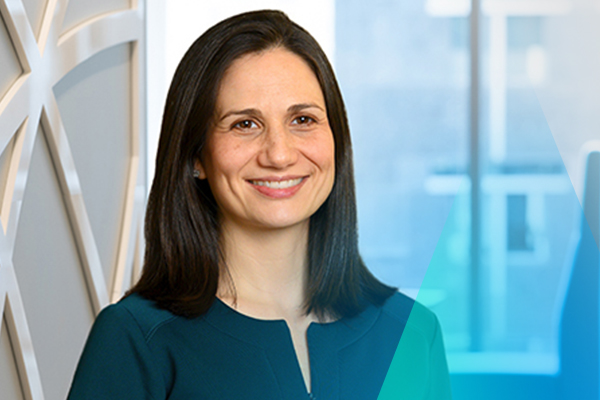Next Generation ACOs Outperform 2-Sided MSSP ACO Counterparts
Summary
ACO Experience Again Proves to Be an Indicator of SuccessNew analysis from Avalere finds that accountable care organizations (ACOs) participating in the Next Generation ACO demonstration program achieved higher savings in 2017 than the 2-sided ACOs participating in the Medicare Shared Savings Program (MSSP).
The MSSP is Medicare’s largest ACO model testing both upside-only and downside risk. The Next Generation ACOs is a demonstration run by the Center for Medicare & Medicaid Innovation (CMMI). All ACOs participating in the Next Generation model must accept significant downside risk in exchange for higher shared savings payments than the MSSP.
According to the results released by CMS in December, 44 Next Generation ACOs produced almost $165 million in net savings to the Medicare program—or $134.89 per assigned beneficiary—in 2017. The 2017 savings per beneficiary in Next Generation compares favorably to $26.50 in savings for MSSP ACOs participating in the downside-risk Tracks 2 and 3 (Figure 1). Next Generation ACOs produced almost 5 times the savings to the Medicare program per beneficiary than downside-risk ACOs in the MSSP.
Consistent with previous Avalere analysis, Next Generation ACOs also demonstrated greater savings the longer they participate in the program, with financial returns to Medicare that increased by 66% between years 1 and 2 (Figure 2). ACOs have long argued to CMS that experience is necessary to reap the rewards of the upfront and ongoing investments required of the ACO model. While Next Generation ACOs tend to be more experienced with providing integrated care and may have participated in previous ACO models, even these advanced ACOs appear to benefit from experience within this particular program.
CMS released these results at a moment of fierce debate about whether and how providers should be held accountable when they underperform in value-based payment (VBP) models. Most early ACO entrants remain in models where they gain if they achieve savings but are not subject to downside risk if they do not meet financial benchmarks. In addition, participants in Next Generation ACOs enjoy greater flexibility in program design and beneficiary engagement. Since CMS started experimenting with VBP models, it generally has been willing to give providers more freedom to manage care if they assume greater accountability. The new Next Generation data support that approach and suggest that new CMMI models may drive further in that direction. CMMI has indicated it will roll out several new models in 2019.
Methodology
Using the CMMI Medicare Next Generation Accountable Care Organization Model Performance Year 2 (2017) Results and the CMS 2017 Shared Savings Program Accountable Care Organizations PUF, Avalere estimated the net impact on Medicare spending from the Next Generation model and the MSSP and aggregated the results across the programs and by each ACO’s experience with the program, or performance year. “Net impact on Medicare spending” refers to the aggregate impact of program or benchmark-to-expenditure savings, shared savings payments, and shared loss payments. This reflects the financial impact to the federal budget as reported by CMS.
For more information about value-based payment models, connect with us.









